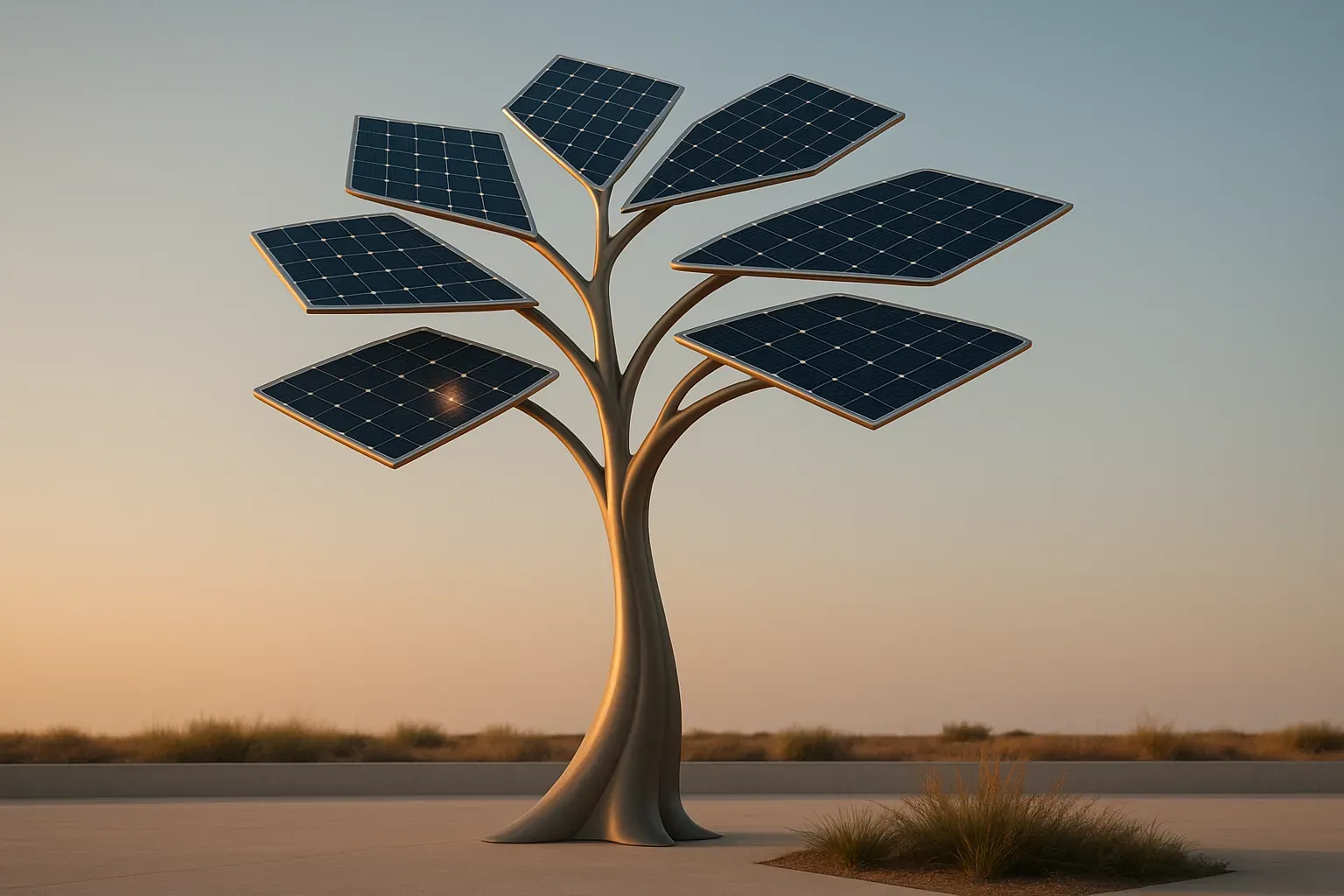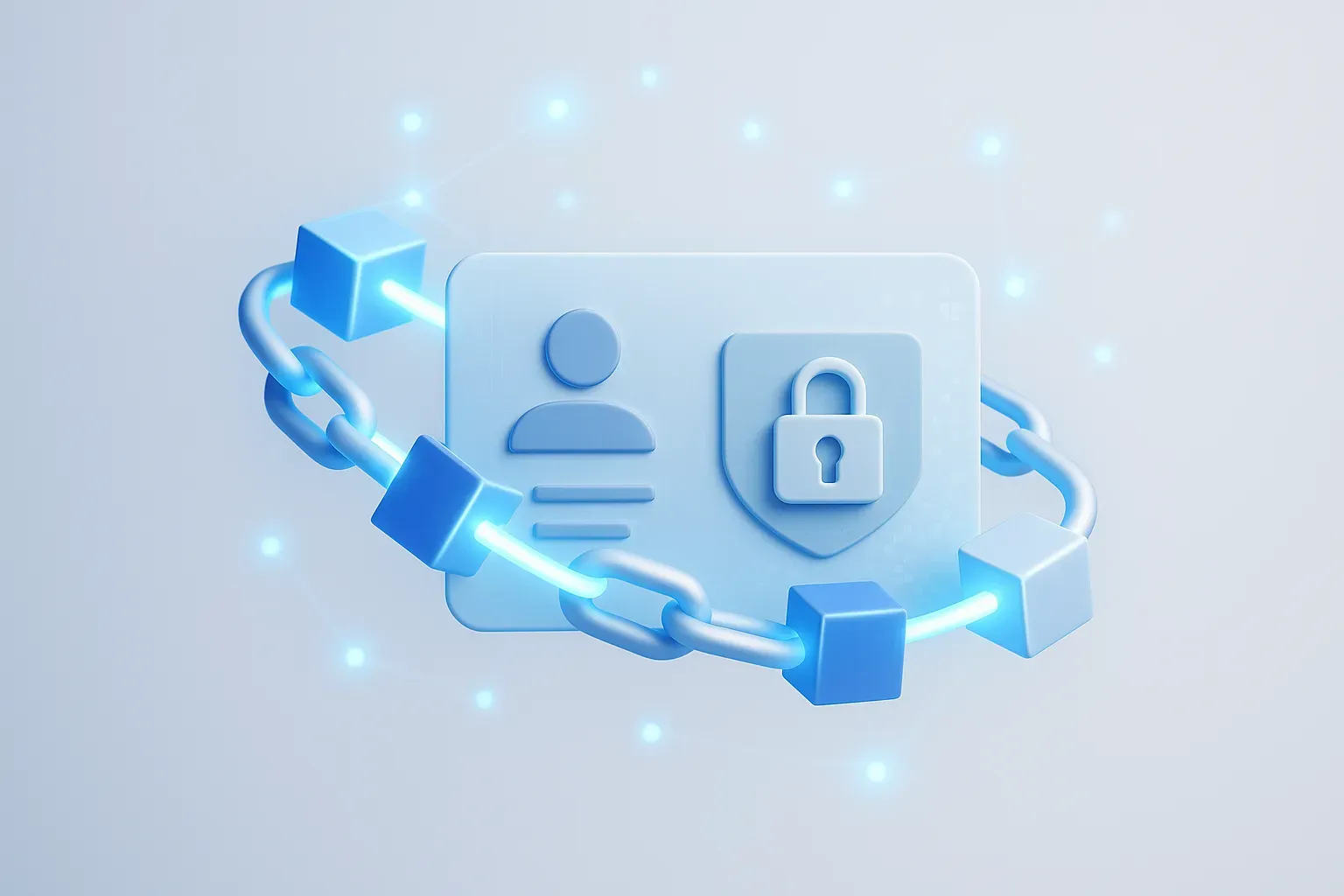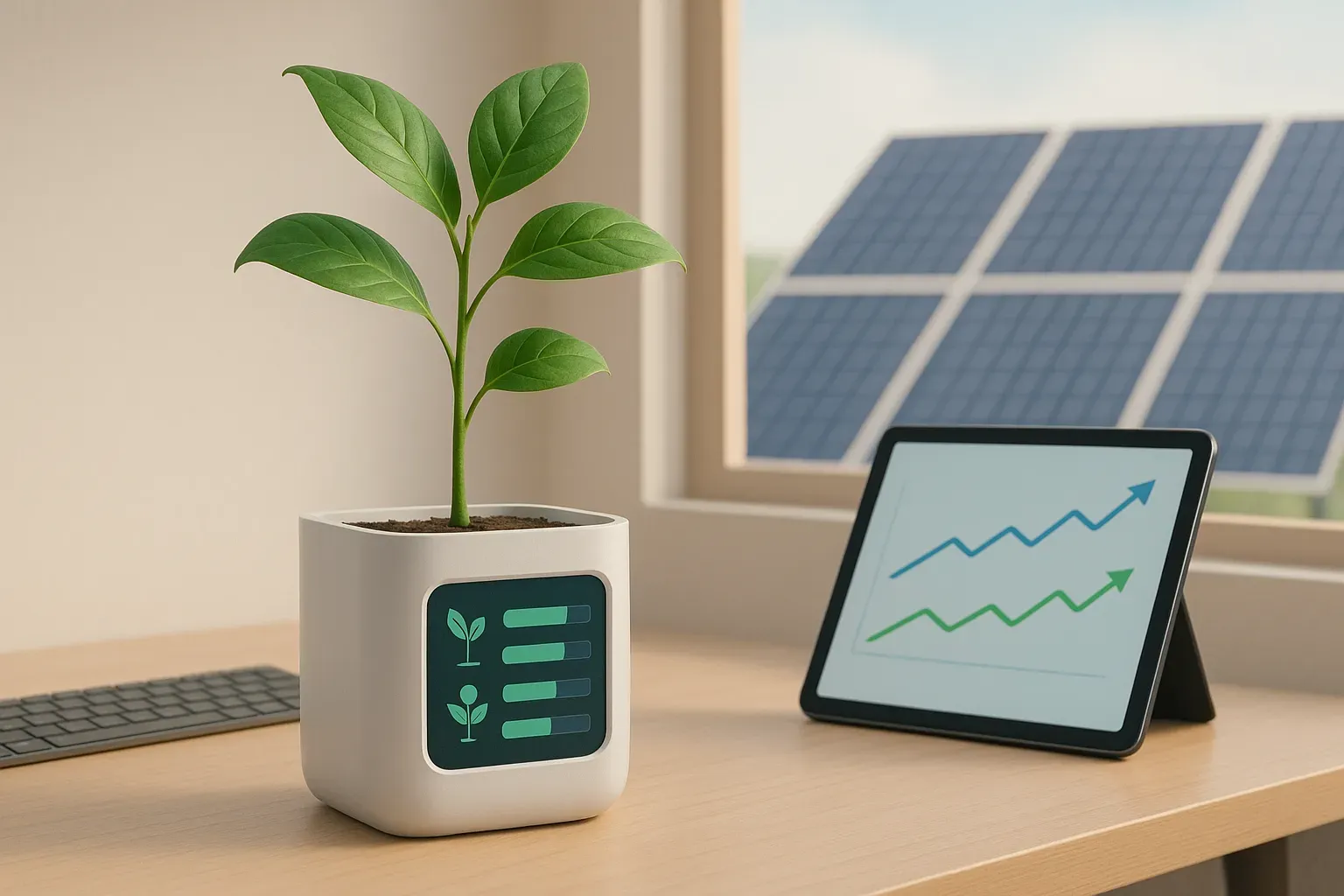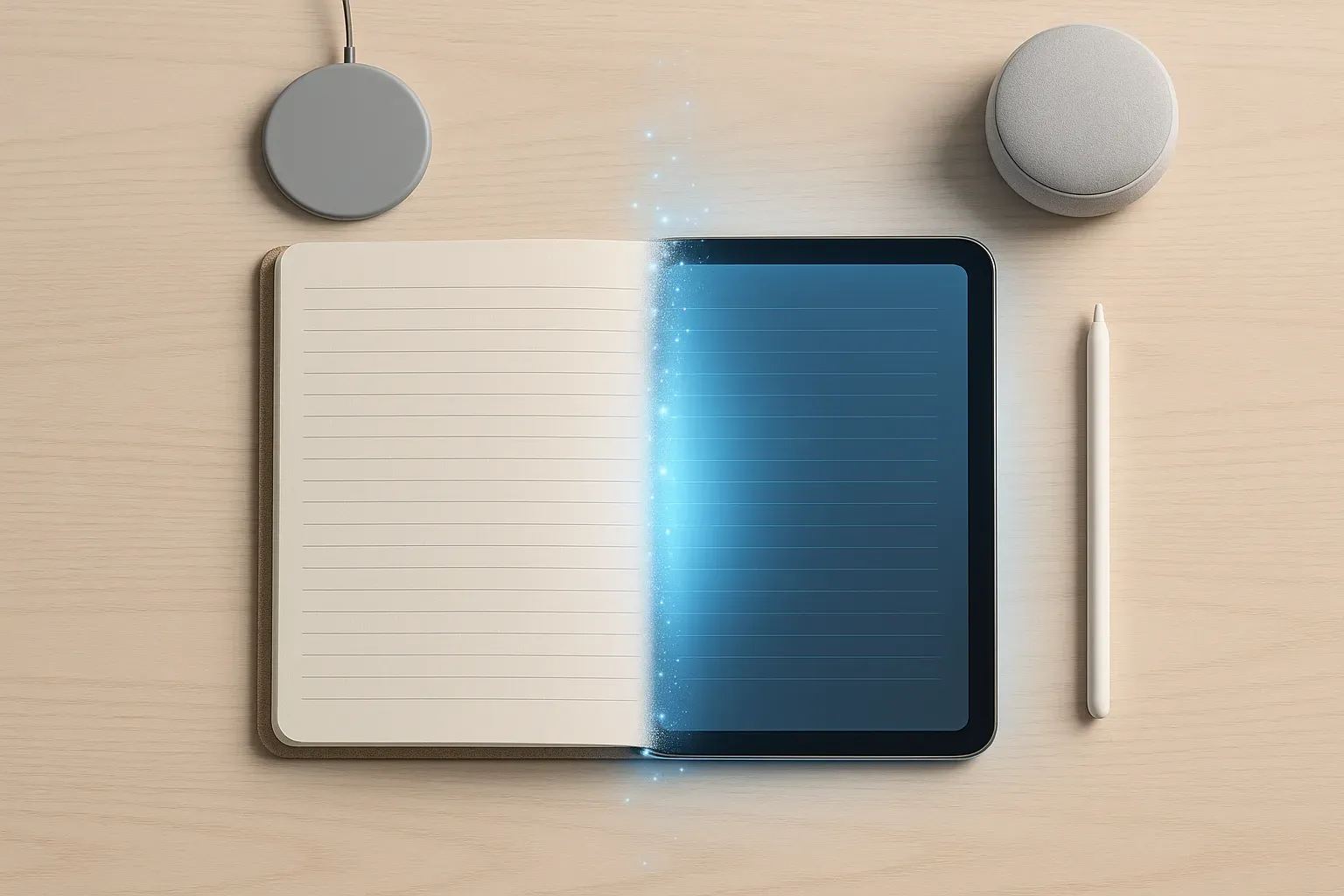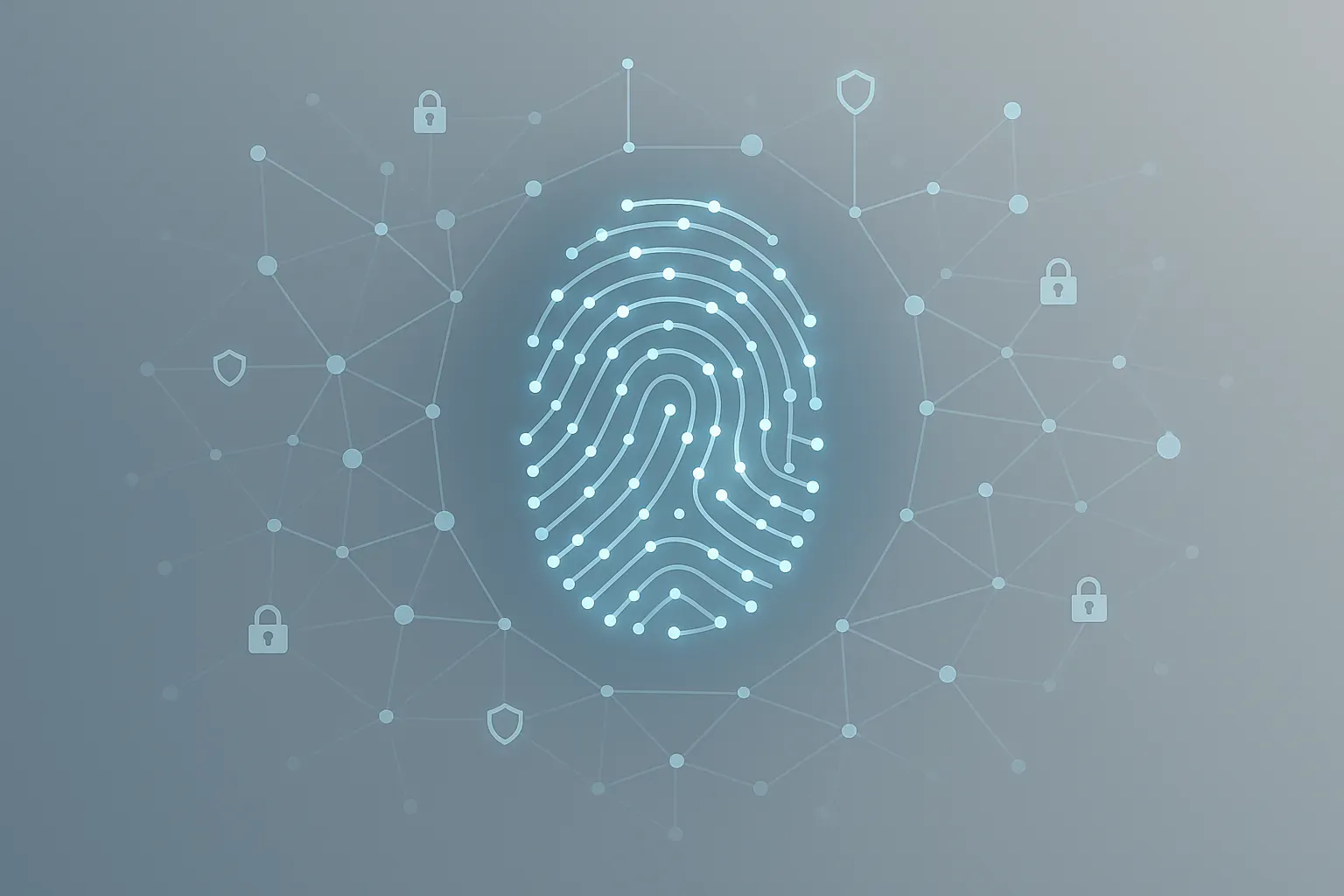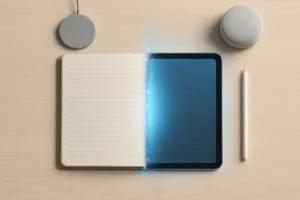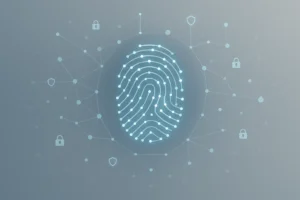Wearable devices are revolutionizing the way we experience outdoor activities. From smartwatches guiding high-altitude hikes to bone conduction headphones enhancing trail safety, these technological marvels are reshaping our adventures. Drawing on insights from experts in the field, this article explores how various wearable gadgets can significantly improve your outdoor pursuits.
- Synergy of Wearables Enhances Outdoor Health
- Smartwatch Boosts Safety in Rugged Adventures
- Apple Watch Guides High-Altitude Hike
- Bone Conduction Headphones Improve Trail Safety
- Heart Rate Zones Revolutionize Trail Running
- GPS Watch Transforms Outdoor Navigation Experience
- Health Tracking Ring Optimizes Sleep Patterns
Synergy of Wearables Enhances Outdoor Health
Working on health and wellness PR campaigns for health brands has taught me the importance of using wearable devices to enhance my health while doing activities outdoors!
Wearable devices have completely elevated the way I approach my outdoor activities. I use my Apple Watch to track my steps and measure how far I walk, whether it’s a morning hike or an afternoon walk through Topanga Canyon. I love how it gives me instant feedback on movement and progress in real-time. Then I layer in the insights from my Oura Ring, which takes that activity data and combines it with my sleep quality, heart rate, and stress indicators to create a daily Readiness Score. It’s like having a personal wellness coach on my finger. One specific example: after a long walk, my Apple Watch shows the distance and elevation gain, and the next morning, my Oura Ring adjusts my Readiness Score accordingly, letting me know if I need to rest more or if my body’s primed to go again. The synergy between the two gives me a 360-degree view of my health, and honestly, I don’t want to go a day without either.
 Nicole Dunn
Nicole Dunn
CEO, Dunn Pellier Media
Smartwatch Boosts Safety in Rugged Adventures
One wearable that has significantly enhanced my outdoor adventures is my GPS-enabled smartwatch, specifically the Garmin Fenix series. It not only tracks vital stats like heart rate and pace during activities such as hiking or mountain biking but also offers real-time navigation and weather alerts. For example, on a solo hiking trip through a rugged trail, the smartwatch alerted me to an unexpected drop in temperature and an incoming storm. This timely notification allowed me to adjust my route and safely return to my base, turning a potentially dangerous situation into a manageable one.
By providing continuous performance tracking, environmental insights, and safety features, this wearable has become an indispensable tool. It empowers me to push my limits while ensuring I have the data and alerts needed to stay safe, ultimately making my outdoor experiences both more exhilarating and secure.
 Shehar Yar
Shehar Yar
CEO, Software House
Apple Watch Guides High-Altitude Hike
One wearable that has meaningfully changed my outdoor experience is my Apple Watch, which gave me real-time feedback on elevation, heart rate, and distance. This was especially helpful during long hikes in unfamiliar terrain.
Last spring, I hiked a remote trail in Western Sichuan. The altitude was high, and the terrain was unpredictable. I used the Apple Watch’s elevation tracking and heart rate alerts to monitor how my body was handling the climb. At one point, I noticed my heart rate spiked even though my pace stayed steady. That was my cue to stop, rest, hydrate, and adjust my breathing. Without that data, I might have pushed too hard, and at that elevation, that’s risky.
It also helped me navigate back when I took a wrong turn. I used the backtrack feature through the compass app, which brought me safely to my starting point. That feature alone gave me peace of mind, especially in a place with no cell signal.
 George Yang
George Yang
Founder and Chief Product Designer, YR Fitness
Bone Conduction Headphones Improve Trail Safety
Bone conduction headphones solved a big problem with my hiking safety.
I’m now able to enjoy podcasts on the trail while still hearing everything happening around me—something I couldn’t do with regular earbuds.
My AfterShokz sit outside my ear canal, sending audio through my cheekbones while leaving my ears open to environmental sounds.
During a hike in a national park last summer, I clearly heard another group’s warning about a moose on the trail ahead while still listening to my audiobook—crucial information I would have missed with regular headphones.
They’re not perfect—the audio quality isn’t quite as rich as my usual earbuds, and they struggle a bit in windy conditions. But the safety benefit far outweighs these minor issues for outdoor activities.
What I didn’t expect was how much more connected I’d feel to my surroundings. Being able to hear birds, streams, and wind while still enjoying content makes for a much richer experience than either hiking in silence or blocking out nature.
Environmental awareness shouldn’t require giving up your playlist. When you can hear both your content and your surroundings, the trail becomes safer and more enjoyable.
 Aaron Whittaker
Aaron Whittaker
VP of Demand Generation & Marketing, Thrive Digital Marketing Agency
Heart Rate Zones Revolutionize Trail Running
Heart rate zone training has made a huge difference in my trail running. I’m convinced that seeing my exertion levels in real-time has been the key to improving my endurance without the constant burnout I used to experience.
My Garmin watch buzzes when I’m pushing too hard on hills, helping me dial back before I exhaust myself. Before this approach, I’d always start too fast, feel great for the first few miles, then struggle to finish my routes. Now I pace based on actual data instead of how I feel in the moment.
The results speak for themselves—I’ve added about 5 miles to my weekend runs without increasing my training time. Last month on the Ridgeline Trail, I shaved nearly 20 minutes off my time simply by staying in the right zones throughout the run.
What surprised me was how often my perceived effort was misleading me. There were hills I thought I was tackling efficiently that were actually pushing me into zones that caused fatigue later.
Smart pacing beats raw effort every time. When you train with actual data instead of gut feeling, you can push your limits without crashing.
 Matt Bowman
Matt Bowman
Founder, Thrive Local
GPS Watch Transforms Outdoor Navigation Experience
Using a wearable navigation device like my Garmin Venu 2S has completely transformed my outdoor adventures. I can see everything I need—mileage, elevation gain, elapsed time—at a glance, without constantly pulling out my phone. This is especially helpful for tracking runs and hikes and keeping me motivated during training. Plus, the battery life is amazing compared to using my phone, so I can focus on enjoying the scenery without worrying about running out of juice. Even better, I can see texts and calls without reaching for my phone, making it truly convenient.
 Echo Wang
Echo Wang
CEO and Co-Founder, Cool Travel Vibes
Health Tracking Ring Optimizes Sleep Patterns
I use a health tracking ring daily. It has helped me a lot in tracking my health, BPM, my sleep, and other metrics. I have seen huge improvements in my sleep since I’ve been able to optimize it.
 Manaia Roserens
Manaia Roserens
Owner, Meowpanel


